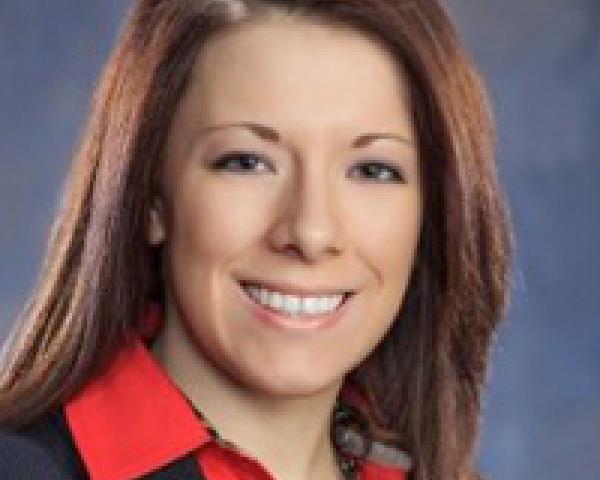There is actually a simple method for selling to millennials. Let's call it “McMyler’s Equations of Millennial Mathematics.”
Recently, I've read more and more articles asserting that millennials are one of the most difficult consumer segments to nail down and serve. It's a complicated equation with moving and changing variables, and every company is scrambling to find out which social media platform, which YouTube video and which new mobile app will give it the sustainable competitive advantage it needs to corner the market for millennials.
I'd actually argue it's a simple equation. The classic formula is well understood:
Sales = Speed + Price + Service
But, just as Leonhard Euler’s clarification of Descartes formula will forever be known as “Euler's Formula For Polyhedra” (F-E+V=2) and James Clerk Maxwell’s improvements on Michael Faraday’s pioneering work is still known as “Maxwell’s Equations” 170 years henceforth, I submit for your critique “McMyler’s Equations of Millennial Mathematics.”
First Postulate:
Technology = (Greater Speed + Better Pricing + Superior Service)
or
Technology = Sales^x
The emergence of technology in our everyday lives has changed the way this generation perceives the world and, in turn, its expectations from it. Technology has enabled us to do everything we used to do ... faster, cheaper and, arguably, with better service. Millennials know this and prefer companies that embrace it.
But, at the end of the day, it’s the same basic calculus: It’s not because you have a hip YouTube video or a Facebook page, and it’s not because you have cool apps or tens of thousands of “likes.” It’s because you are able to do the basics … faster, cheaper and with better service.
Since even Einstein acknowledged that his famed E=MC^2 would be met with skepticism and therefore immediately set out to defend it, I feel I should do no less. And, so, for your consideration:
This past February I moved to a new apartment. As a skilled professional procrastinator, I waited eight weeks until the end of March to remember to purchase renter’s insurance. I remembered this because it was Friday night. And it wasn't just any Friday night, it was the Friday night before my Tuesday 4 a.m. sojourn to the airport for a restful vacation far from home.
This unfortunate, yet real, situation demonstrated the morbid time limitations of the classic model or, essentially, the equation for getting quotes and purchasing insurance coverage.
I hopped online to try and get some quotes. I called a mutual insurer who, in addition to having a solid insurance product, possessed the advanced technology platform that would allow me to get coverage in a timely manner … er, I mean … test my mathematical hypothesis.
If the classic calculation describes time as measured by the activity of purchasing insurance, The McMyler’s Equations of Millennial Mathematics demonstrated how the time element of purchasing insurance in all its components could be shifted, bent and even stopped.
I called the customer service number and was connected to the sales department. I asked a ton of coverage questions, all of which the woman was able to answer. When we were done, she emailed me my quote. Like a good little insurance geek, I thoroughly read through the entire policy (no lie, policy review is actually my favorite part of getting insurance) and emailed my supplemental list of questions. Within the hour, her electronic response almost magically appeared in my inbox. Along with the quote, I received a link to an eSign service to initial and sign the documents. Great, we were moving along!
While that should be sufficient proof of the integrity of the McMyler’s Equations of Millennial Mathematics, I am willing to provide further proof.
As the Princess of Procrastination, it wasn't until 6 a.m. at the airport – well, to be more specific, on the tarmac waiting to take off – that I remembered I forgot to sign those documents. So, I confidently pulled out my smartphone, accessed the email that would link me to the eSign URL, signed the documents, reviewed the confirmation and went on to have a (fabulous) vacation free of any worries about my apartment or insurance coverage. (I did, however, continue to wonder if I locked the door and shut off the lights.)
The insurers definitively proved the McMyler’s Equations of Millennial Mathematics: it was faster than expected, at the right price, with flawless customer service provided through effective use of technology.
But, more than just my business, the insurers earned my loyalty. The mathematical probability of my leaving them approaches zero. Of course, because of the mathematician Zeno’s 2,500-year-old work, known as Zeno’s Paradox of the Tortoise and Achilles, it can approach but never achieve absolute zero. But I digress just long enough to complete my second postulate (also known as McMyler's Constant):
Sales Mass = Circle of Influence where Technology ≥ the Customer’s Expectations.
In the great tradition of mathematicians, I seek thoughtful peer review.


